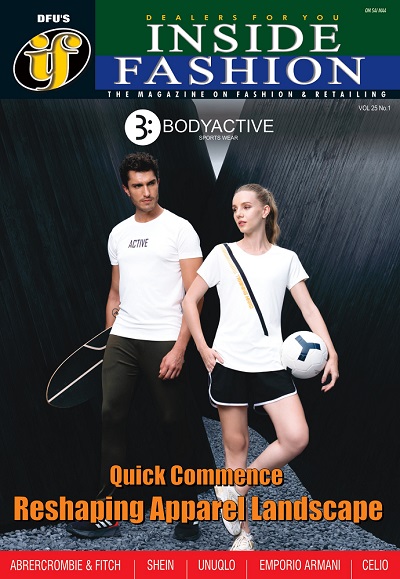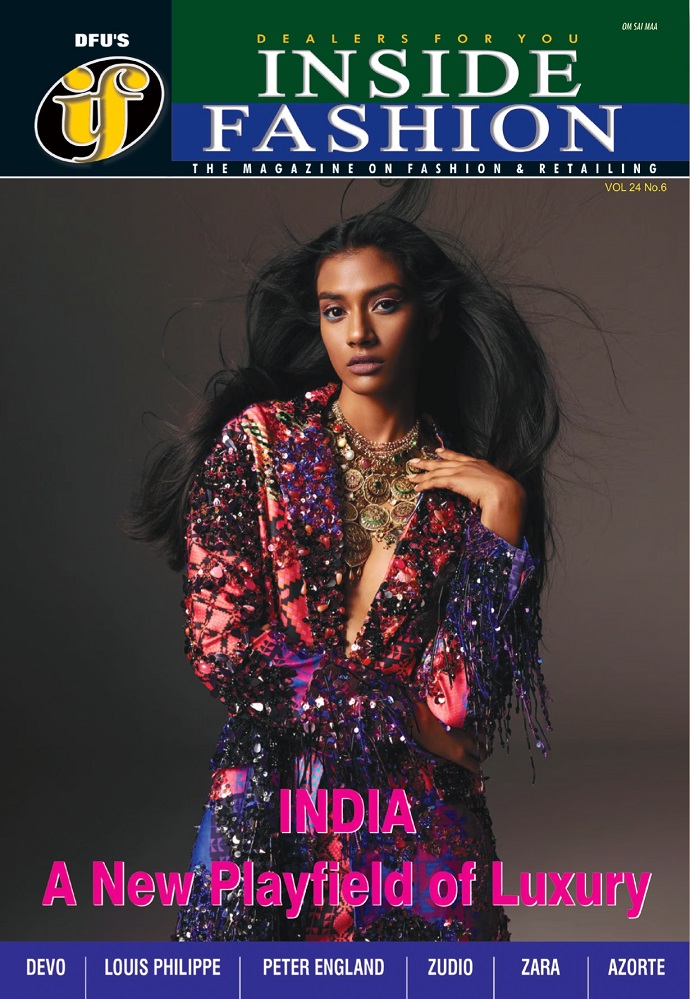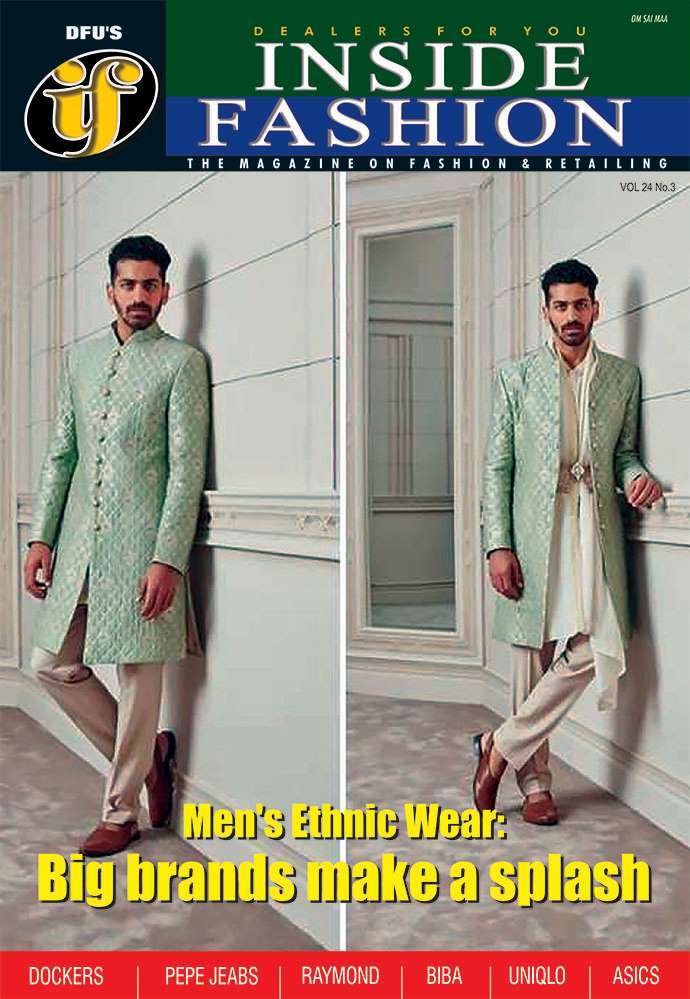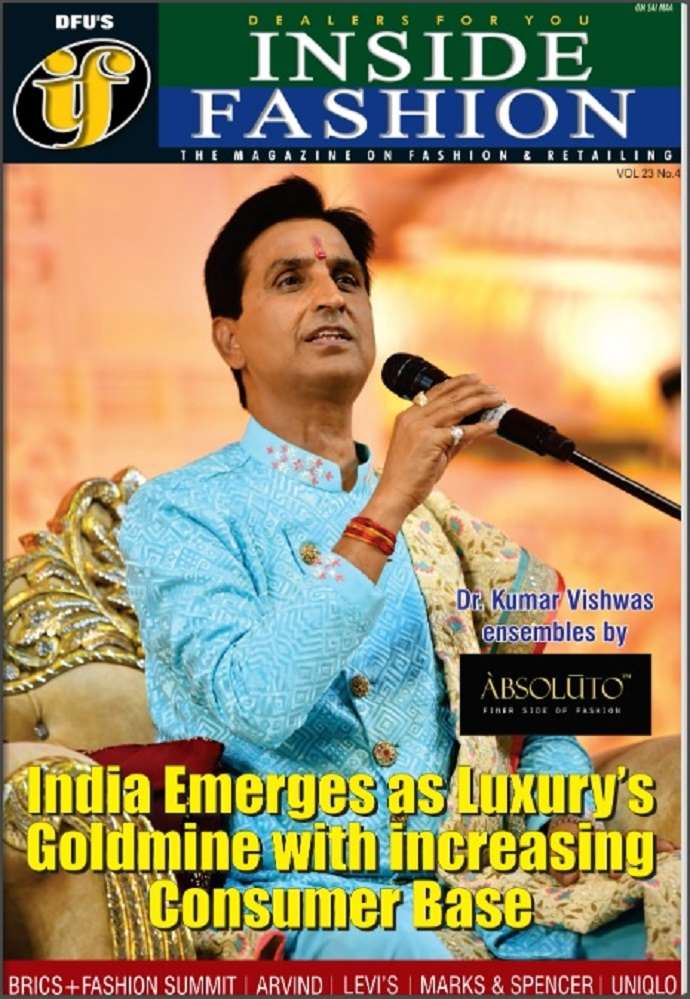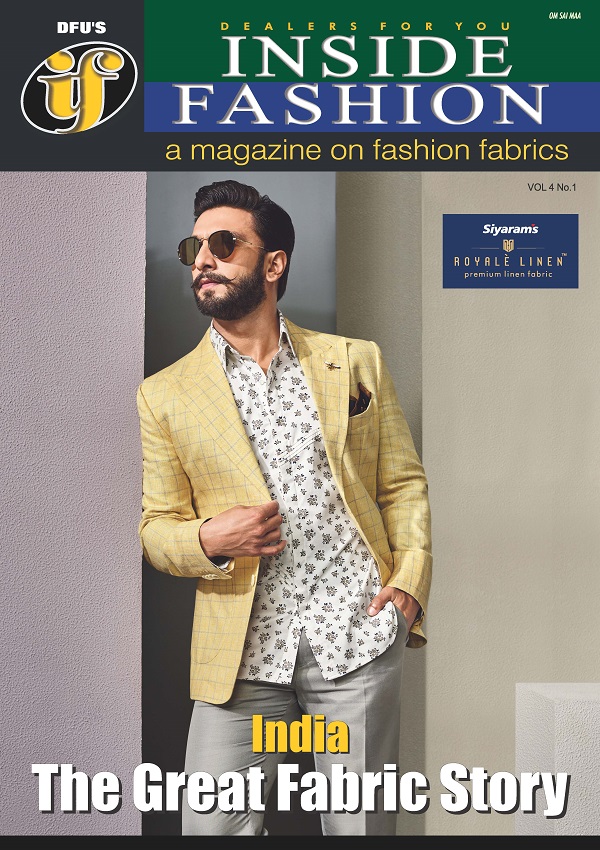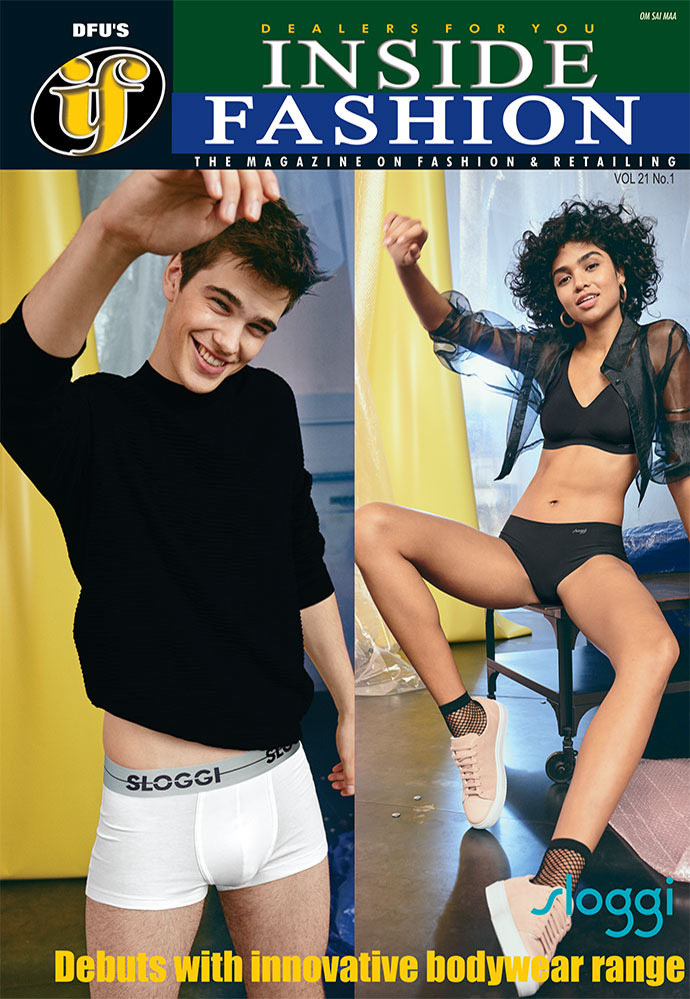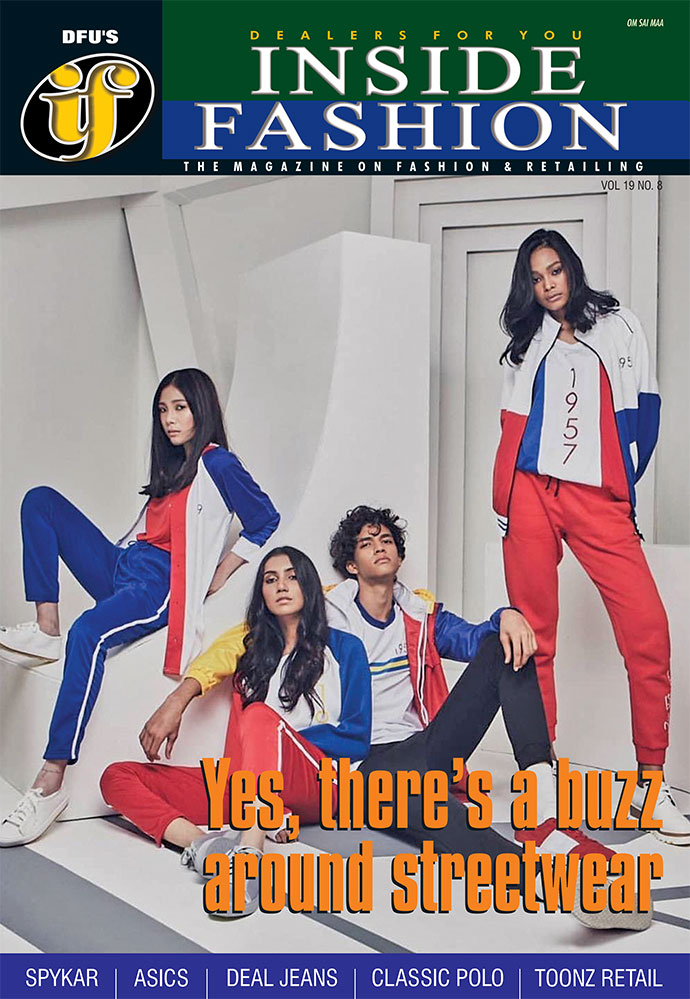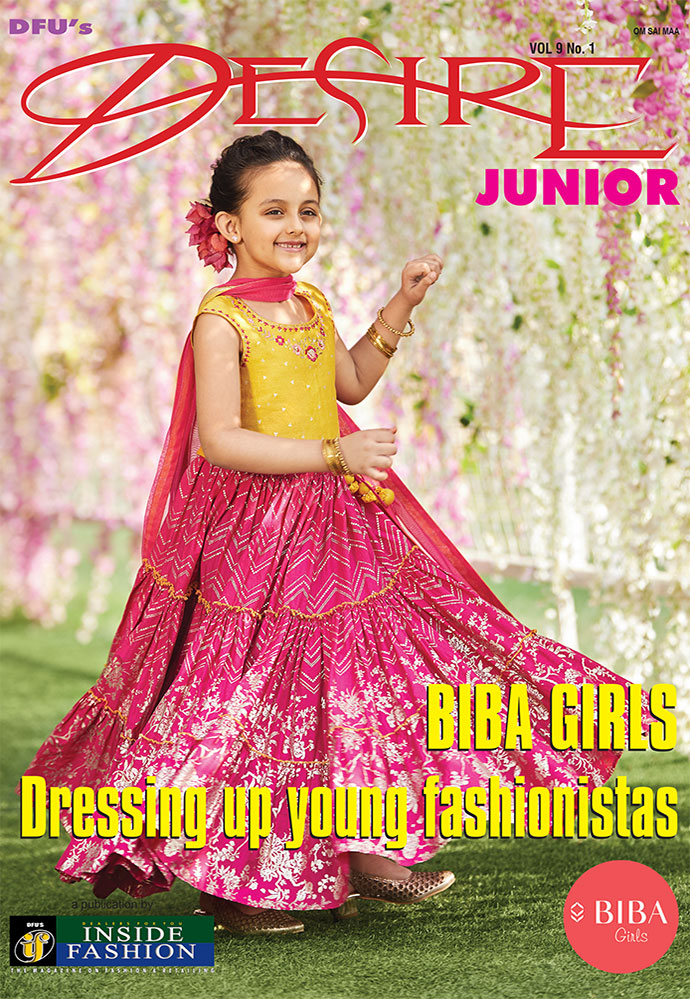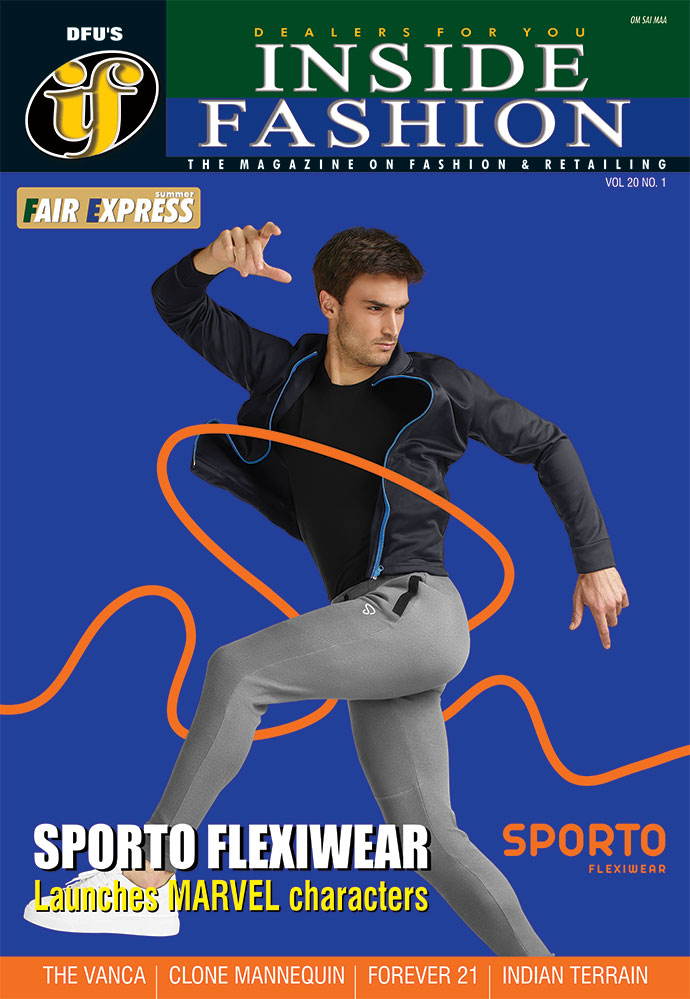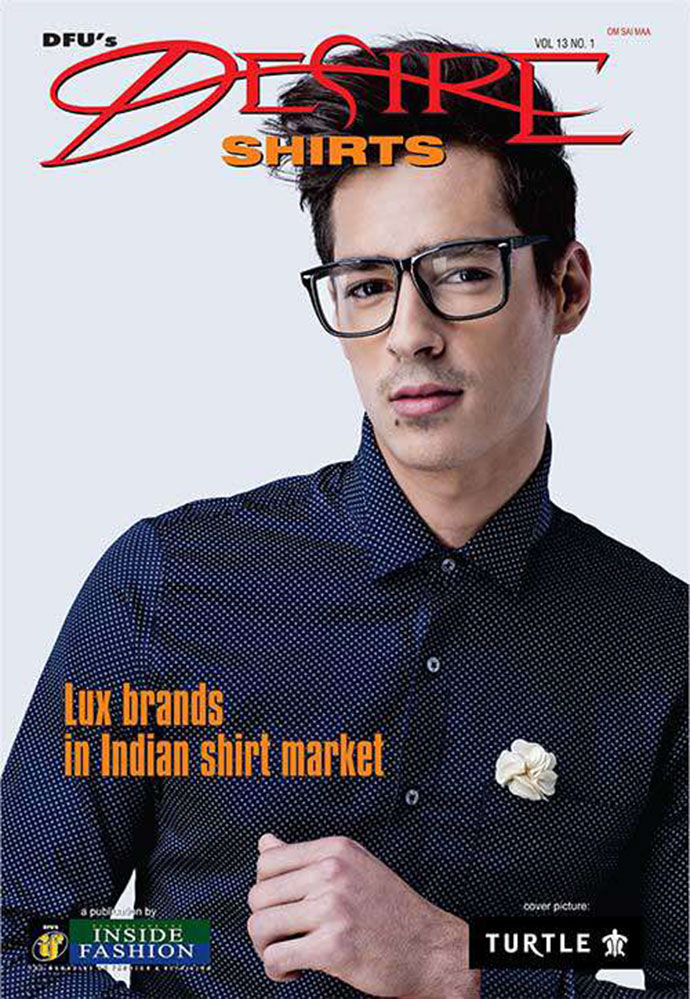From gym floors to Instagram feeds, the Indian women’s activewear makeover
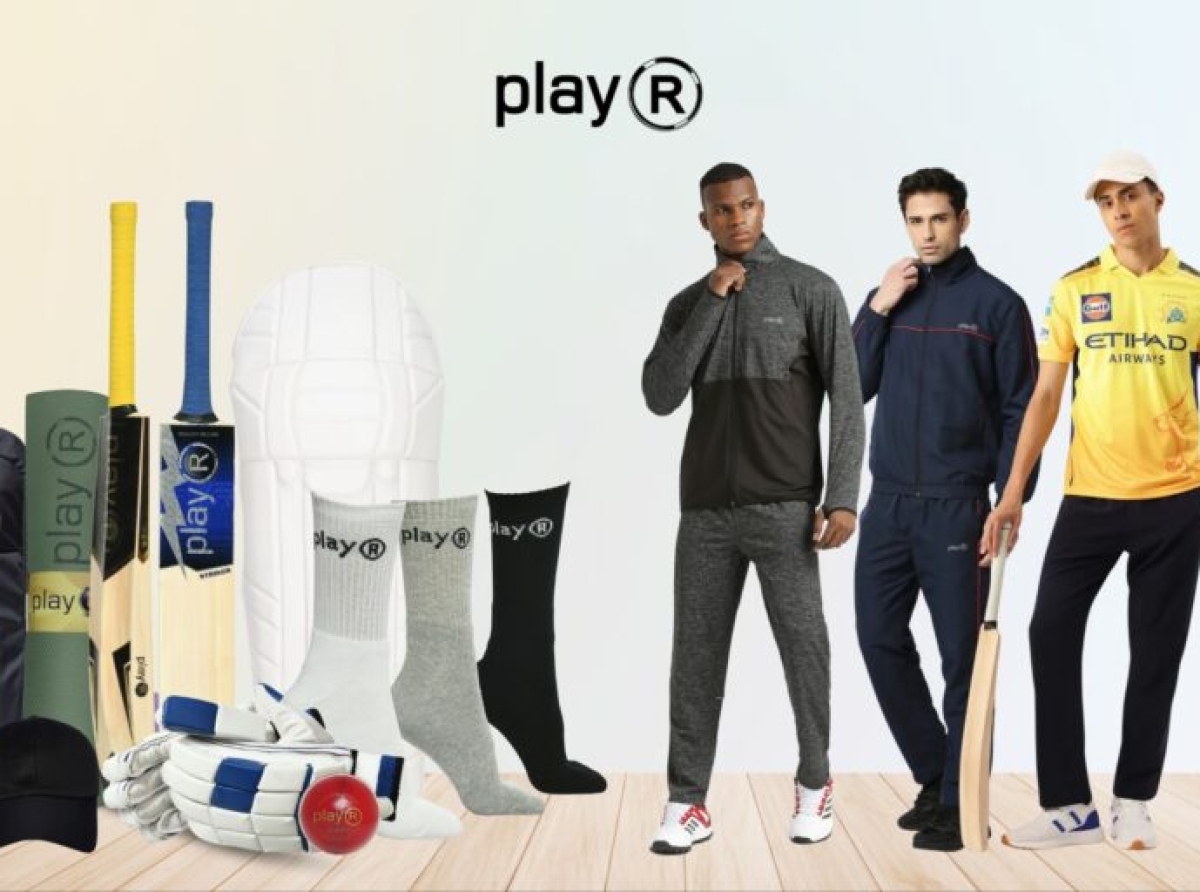
07 July, Mumbai 2025
Once relegated to baggy T-shirts and uninspired color palettes, women’s gymwear in India has undergone a cultural and commercial transformation. Today, it’s not just about sweating it out — it’s about looking good while doing it. From Tier-I cities to emerging metros, fitness-conscious Indian women are now demanding apparel that fuses fashion, function, and feminine power.
In 2024, the Indian gym apparel market was valued at $4.66 billion, and it's projected to reach $8.29 billion by 2030. Women's gymwear is spearheading this growth with a CAGR of 9.8 per cent, pushed ahead by shifting perceptions around strength and style. “Gymwear today is an extension of personal identity — what you wear to the gym says as much about you as what you wear to brunch,” says Pallavi Singhania, Founder of homegrown activewear label Ela.
From drab to fab, redefining gymware looks
Historically, gymwear options for women were limited to oversized black or brown tees and utilitarian leggings. The idea of performance clothing that also made you feel beautiful was alien. But that changed in the last five years. A cultural shift redefined strength — not as masculinity in disguise but as something uniquely feminine. This evolution pushed brands to design activewear that was not only durable but also visually appealing, trendy, and form-enhancing.
Startups like Cava and Kica were early to catch on. Cava’s gym skirts went viral — so much so that customers began requesting specific color restocks — a rare phenomenon in performance wear. “We realized our customers don’t just want support — they want style that speaks to them. Our skirts weren’t just popular; they became wardrobe staples,” says Ruchi Bhatnagar, head of design at Cava.
Performance vs. pretty, the durability dilemma
Despite the wave of aesthetic innovations, many women report frustration over performance inconsistency. Frequent complaints include: Leggings losing elasticity after just a few washes; sports bras with compromised stitching; materials that fail to wick sweat efficiently. While brands are racing to win on the looks front, durability and technical performance still lag, leaving discerning consumers to compromise between fashion and function.
The Brandscape: Segmented by style, spend, strength
The Indian women’s gymwear market can be broadly categorized across five key segments based on design orientation, price points, and technical performance. The gym wear market is a diverse ecosystem, populated by various players catering to different price points, design philosophies, and performance expectations. The table offers a representation of this space, classifying brands across Premium and Affordable price segments, and along aesthetic design and core design axes.
Table: Market dynamics, who's doing what
|
Brand category |
Players |
Design focus |
Performance focus |
Price point |
|
Legacy Performance Brands |
Nike, Adidas, Puma, Reebok, Under Armour, Uni Qlo |
Core functional, increasingly stylish |
High (Durability, technology, support) |
Premium |
|
Affordable Utility Players |
Decathlon, Clovia, Van Heusen, HRX, Cult.fit (Cultsport) |
Functional, basic, mass appeal |
Medium to High (Durability, basic support) |
Affordable |
|
Fast Fashion Aesthetes |
Westside, Savana, H&M, Nykd |
Trendy, aesthetic-driven, fashion-forward |
Low to Medium (Secondary to aesthetics) |
Affordable |
|
Homegrown Trend-First Brands |
Cava, Ela, Kica, Silvertrand, Terracive |
Aesthetic-driven, viral designs, Instagrammable |
Medium (Balancing aesthetics and basic function) |
Mid-Premium |
|
High-End Lifestyle & Athleisure |
Alo Yoga, Bliss Club, Lululemon, Puma (Selected Collections) |
Sophisticated, fashion-forward, versatile |
High (Technical fabrics, comfort for lifestyle) |
Premium to High Premium |
Who’s winning and why
1. Legacy performance brands, the tech titans
Names like Nike, Adidas, and Under Armour remain dominant by leveraging years of R&D in high-performance fabrics. However, even these giants are now tweaking aesthetics to woo Gen Z and Gen Alpha, who seek gear that performs and pops on Instagram. “Our customers want to wear our leggings to yoga and to brunch. We're responding with lines that do both,” opines Nike India spokesperson.
2. Affordable utility players, basics that work
Decathlon, HRX, and Cultsport are catering to India’s fitness boom by offering durable, entry-level gymwear. Their gear may lack flair, but it’s practical and accessible — ideal for the growing middle-class fitness enthusiast.
3. Fast fashion aesthetes, look first, sweat later
With eye-catching designs at affordable prices, Westside, H&M, and Nykd have tapped into the style-conscious casual gym-goer. Performance takes a backseat here, but these pieces are perfect for light workouts or athleisure dressing.
4. Homegrown trend-first brands
Cava, Ela, Kica, and others sit in the sweet spot — good looks with acceptable functionality. They excel in “viral design thinking”, with styles that explode on social media and drive impulsive, loyal purchases. “We see our gymwear as statement pieces — people don’t just wear them to the gym but to run errands, meet friends. It’s a lifestyle,” says Ira Mukherjee, co-founder of Terracive.
5. High-end lifestyle & athleisure, the luxe crossover
This fast-growing category includes Alo Yoga, Bliss Club, and Lululemon — labels that marry high-performance tech with lifestyle fashion. These brands blur the lines between gym, work-from-home, and café culture.
Bliss Club’s flared leggings, for instance, went viral for their comfort and style, turning heads both inside and outside gyms. Even Puma, traditionally a performance brand, has launched curated collections targeting this crossover segment.
“We see gymwear as a form of self-expression. That’s why our collections now include hybrid pieces meant for workouts and social outings,” says Nina Patel, Marketing Lead, Puma India.
What’s next for women’s gymwear in India?
The Indian market has shown it’s ready — and hungry — for gymwear that is more than just functional. As wellness becomes an aspirational lifestyle, women are investing in apparel that aligns with their goals and aesthetic sensibilities. “The new Indian fitness consumer is educated, discerning, and demanding — they won’t settle for just style or just strength,” says Mitali Shah, a retail consultant focused on sportswear. The future lies in integration — where design, durability, and performance converge. Brands that manage to deliver high-quality, long-lasting, and stylish apparel will not just survive but dominate this lucrative space.




